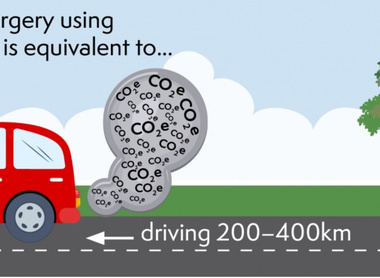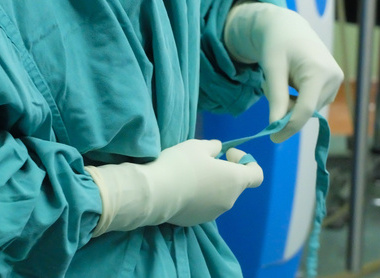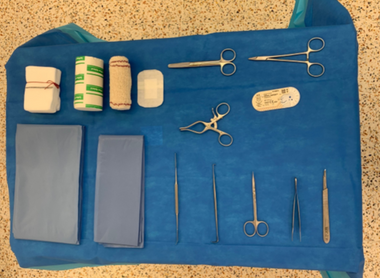Sustainability in Orthopaedics: Workforce, Wealth and the World
Editorial by Togay Koç, O2 Editor
The three pillars of sustainability; social, economic and environmental, appears to be attributed to Edward Barbier’s publication, 'The Concept of Sustainable Economic Development', from the journal Environmental Conservation published in the summer of 1987. However these concepts pre-date this and represent an amalgamation of different schools of thought converging on a common goal.
Nearly four decades on, these reciprocal concepts are at the forefront of our society, our NHS and Orthopaedics, perhaps more so than ever before as we struggle to attract and conserve health care professionals, to manage the balance of costs and budgeting with high-quality care and minimise our ecological footprint in the face of unprecedented environmental challenges.
Our common goal is to deliver high-quality orthopaedic care efficiently, effectively and economically while avoiding damaging employees, the economy and our ecosystem. Our goal has not been reached.
That change must take place is not up for question. The question is; what can we do, as individuals, organisations and governments to make these changes happen? Before it’s too late.
A series of articles contributed by our members can be found below.
What really matters?
By Hiro Tanaka
Green issues in anaesthesia
By Emma Evans
Climate crisis and the damage to healthcare
By Jessica Lamb, Gareth Chan and James Gibbs
Reducing the carbon footprint and cost of trauma theatres by correct waste segregation
By Matthew Smitheman, Catrin Morgan and Lily Li
Addressing the environmental impact of commuting amongst orthopaedic trainees
By Tobi Oputa and Neil Jain
A practical application of the Intercollegiate Green Theatre Checklist
By Alyss V Robinson and David Bodansky
Greening orthopaedics: A surgeon's call for sustainability
By Preetham Kodumuri
Sustainable Orthopaedic Systems
By Deborah Eastwood and Stephen Bendall








